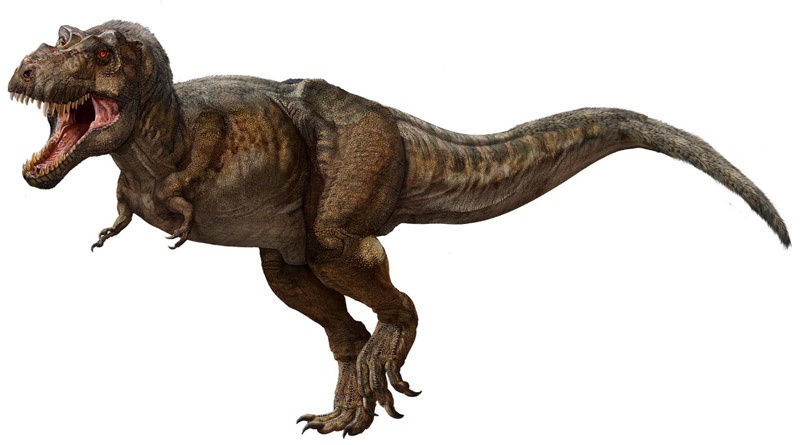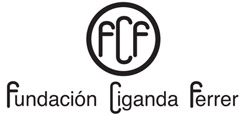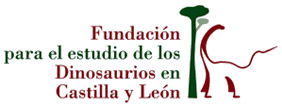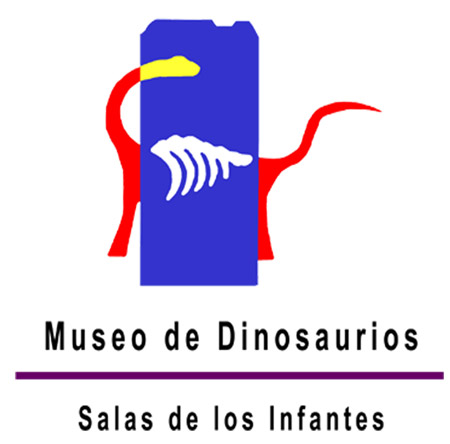EXHIBITION
From October 6 to November 25
![]()
DINOSAURS
BETWEEN US

The next time you dodge a pigeon on the sidewalk, see a sparrow eating on a patio or order chicken for dinner, know that you've just encountered a modern dinosaur. Dinosaurs didn't really disappear from Earth because, although most became extinct, their evolutionary legacy lives on today through birds.
THE EXHIBITION
The Science Museum of the University of Navarra brings to Spain the exhibition "Dinosaurs among us". The exhibition explains the uninterrupted connection between modern birds and the dinosaurs that dominated the planet for 170 million years. Living birds belong to a group called "Dinosauria" that includes extinct dinosaurs and all their living descendants, which is why most scientists have come to the consensus that birds are a species of dinosaur just as we are a species of mammal. When looking at the paleontological and biological evidence, the public can appreciate the links between dinosaurs and birds, as well as when looking at their reproduction, their physical structures and the evolution of their flight, proving that birds are indeed dinosaurs living among us.
The panels present color illustrations created by paleoartists on a large scale of extinct dinosaur species presented as they would have looked in real life. The texts are in Spanish and Basque. There are also pictograms and easy-to-read posters (designed and produced by the students of the El Molino Center).

EXHIBIT EXPLAINS THE UNBROKEN CONNECTION BETWEEN MODERN BIRDS AND THE DINOSAURS THAT DOMINATED THE PLANET FOR 170 MILLION YEARS

VISITS
GENERAL SCHEDULE
Monday to Friday: from 09:00 to 20:00 h.
SCHOOL TIMETABLE
Monday to Friday: from 09:00 to 13:00 h.
Reservations are required.
![]()
The schedule of visits for school children is from 09:00-13:00 with obligatory reservation.
There are two types* of visits:
1. Visit only: (free visit* | guided visit, check conditions).
2. Visit + educational workshop: Check conditions.
* The Science Museum offers training so that teachers can lead tours without the need to hire a guide.
The maximum number of students per visit is 60 (minimum one accompanying monitor for every 20 students). School visits must be booked by e-mail and the time of the visit will depend on the type of visit chosen.
PRACTICAL INFORMATION
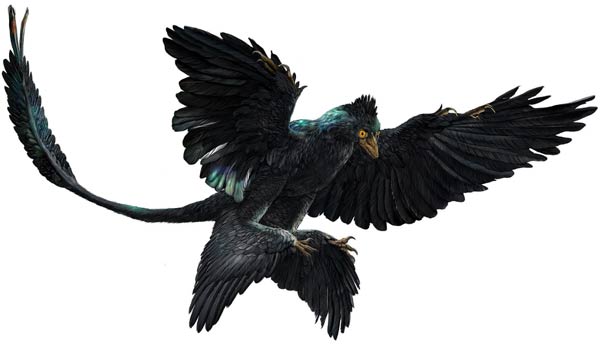

FREE ENTRY
The exhibition is located on floor 0 of the Science Building (Hexagon) of the University of Navarra (C/ Irunlarrea 1, Pamplona).
The access is made by the main door of the Science building of the University of Navarre. There is a ramp at the entrance and the two elevators in the building can be used to see the entire exhibition.

PARKING AND TRANSPORTATION

VillavesaNo. 4 stop Clínica Universidad de Navarra.

One Ride: anchors in front of the Hotel Blanca de Navarra (Pio XII).

Public parking: Subway parking lot of the Hospital de Navarra.

Parking for school visits: University of Navarra Dining Hall Parking.

For special needs (parking and access by car) contact museociencias@unav.es.
The "Dinosaurs Among Us" exhibition serves as the thread of a larger program organized by the Museum for the fall of 2023. The goal is to foster a multi-level scientific conversation and to this end, the following have been organized:

Workshop for teachers with professionals
→ October 4 (5:00 pm).
- A paleontologist
- An expert in birds
- An expert in evolution
More information

Visits to the exhibition and workshops for schools:
→ October 9 to November 25.

Science Week
Activities at the Faculty of Science.

Cycle of talks "Science and Evolution".
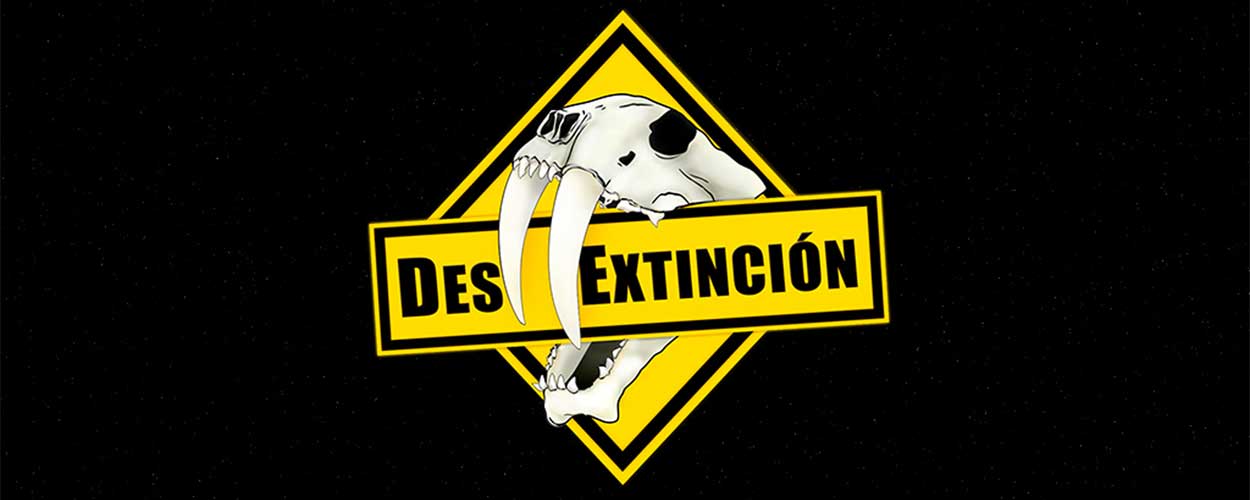
Documentary screening "De-extinction" and colloquium.
Thursday, November 9th
19:30 h. - Civivox Iturrama
Further information
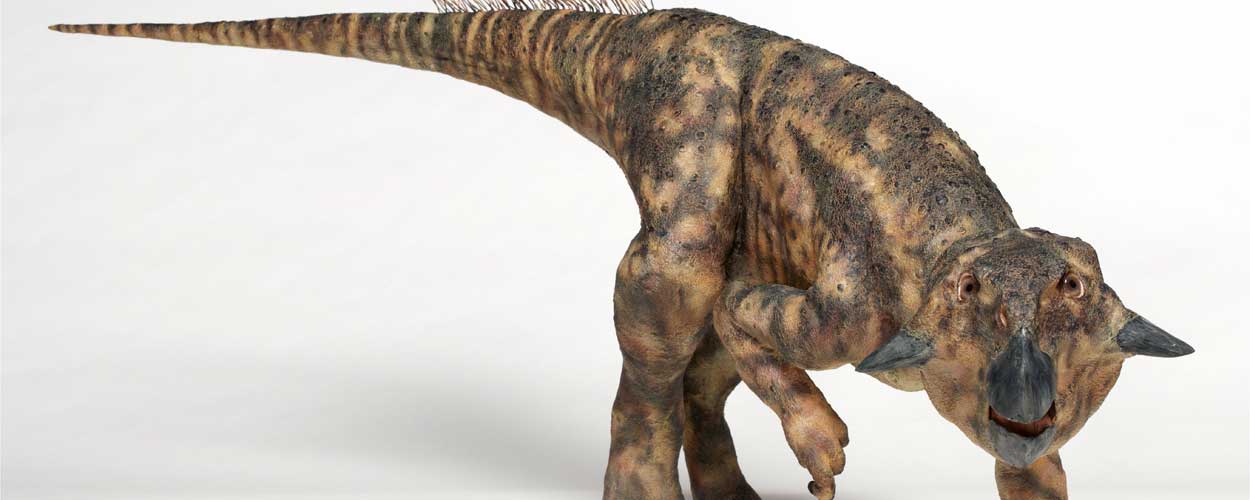
Talk "Dinosaur research: an exciting science".
Thursday, November 16th
19:30 h. - Civivox Iturrama
Further information

Talk "The evolution that could have been: of extinctions and dinosaurs".
Thursday, November 23rd
19:30 h. - Civivox Iturrama
Further information
* All lectures will have subtitles and sign language.
ORGANIZE
"Dinosaurs Among Us" is organized by the American Museum of Natural History in New York with the support of the North Museum of Nature and Science (USA), the Philip J. Currie Museum (Canada), the Museo de Ciencias Universidad de Navarra (Spain) and the Universum Museo de las Ciencias de la UNAM (Mexico).
